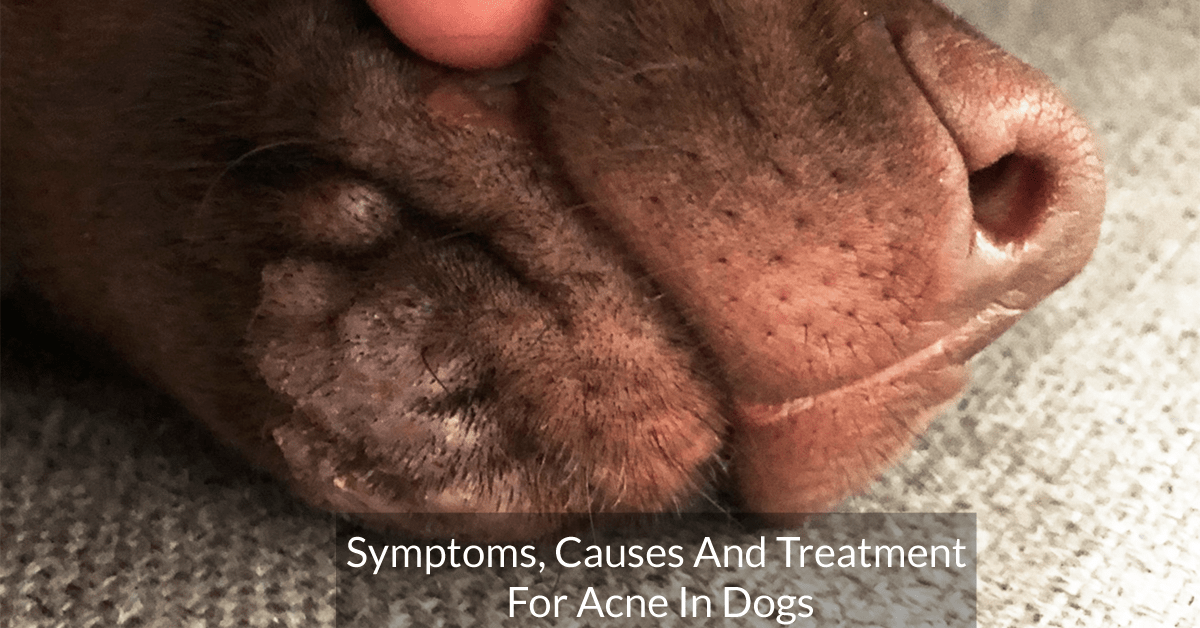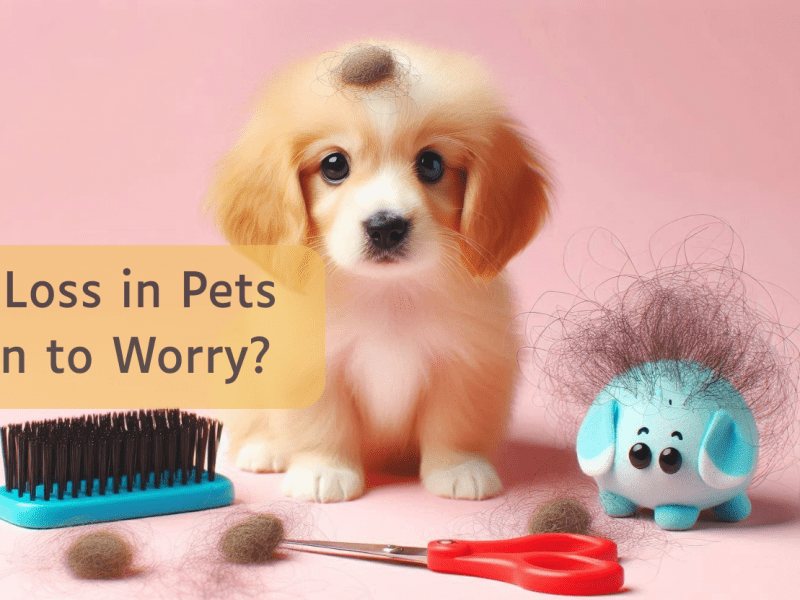Canine acne in dogs can be a mild or severe inflammatory disorder that can lead to swelling, scabs and bleeding wounds of the muzzle, skin and lips.
The inflammatory disorder of the formation of pustules or red bumps on the skin of the muzzle skin and lips acne in canines is called acne in dogs. It can be mild or severe and can also lead to face scabbing, bleeding wounds and swelling of the muzzle and lips. With timely treatment, you can prevent permanent scarring.
Diagnosis of canine acne in dogs and puppies
The clinical appearance helps vets in the diagnosis of dog acne. The specifics of this condition is limited to skin lesions that appear around the muzzle and lips.
In some cases, the vet may also do a swab sampling for further testing before treating canine acne. The vet can also send a skin sample to check for a skin disorder, sensitivity, bacterial culture and infection. This helps the vet decide what course of treatment would be advisable and the duration of the treatment.
Causes of acne in dogs
Experts and specialists are yet to understand the reason behind the underlying causes of canine acne. Initially, vets used to think that canine acne was similar to that of human acne and was mostly hormone-induced. However, in recent times, experts and specialists dealing with different kinds of MyFurries veterinary services and diagnosis have suggested that canine acne is a lot more than just a hormonal issue.
1. Genetic problems of acne in dogs
Some breeds like Doberman Pinschers, Rottweilers, Mastiffs, Weimaraner, German Shorthaired Pointers, Great Danes, English Bulldogs and Bulldogs, to name a few, are prone to develop canine acne in dogs and puppies.
2. Other issues that contribute to canine acne.
· Trauma
Apart from genetic factors, even trauma to the muzzle or chin skin can trigger this condition. Before treating canine acne, the vet will do a proper examination to understand if the inflammation is caused due to the rupture or inflammation of the hair follicle. The rupturing of the hair follicle eventually results in the infection spreading around the surrounding areas of the infected site.
The early stages of canine acne are generally non-infectious. However, it can result in infection when the bacteria colonize the surrounding skin and the damaged area of the skin.
· Underlying skin condition
MyFurries veterinary services dealing with canine acne also covers any underlying problems such as environmental or food allergies. If the vet feels that acne is being caused by chance due to the factors mentioned above, he/she will recommend the relevant changes in the diet or living conditions as a part of the treatment. The lab tests and physical examination of acne in dogs will also help to rule out if the cause of canine acne in dogs and puppies is caused due to parasites.
Different ways of treating canine acne
After a proper diagnosis and based on the test results, the vet at MyFurries veterinary services will decide the treatment course to cure your dog’s acne problem. He/She may recommend any one or a combination of the below-mentioned treatments.
· Topical method
The topical method would be using benzoyl peroxide to help reduce bacterial contamination and flush the hair follicle. The vet may also recommend a cream, shampoo or even a powder to cure the acne issue.
· Antibiotics
In some cases, the vet may also recommend antibiotics if the cause of acne in dogs is due to an underlying condition or an internal cause. If the infection is severe or extremely bad, the vet may advise a short course of steroids to boost or speed up the healing process.
· Lifestyle or diet changes
The treatment of canine acne in dogs and puppies will also require a change in diet or lifestyle if the cause of acne is due to food or environmental allergies. The vet will let you know what kind of diet your dog needs and the living conditions to help provide relief.
Whatever the treatment options are, your vet will let you know precisely what you need to do. It is essential that you follow the instructions of the doctor and make the relevant changes immediately. You will also have to follow a cleaning routine to help reduce or prevent the inflammation of the skin that can cause acne.
A final note
One of the main elements of treating canine acne is to ensure that you take all the precautionary and preventive measures. Follow MyFurries for more information regarding acne in dogs to get a better understanding and for updated information about the same.



